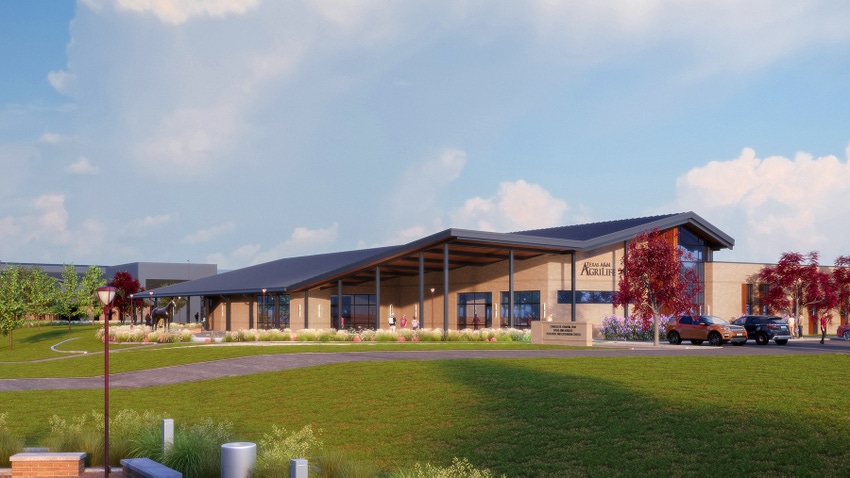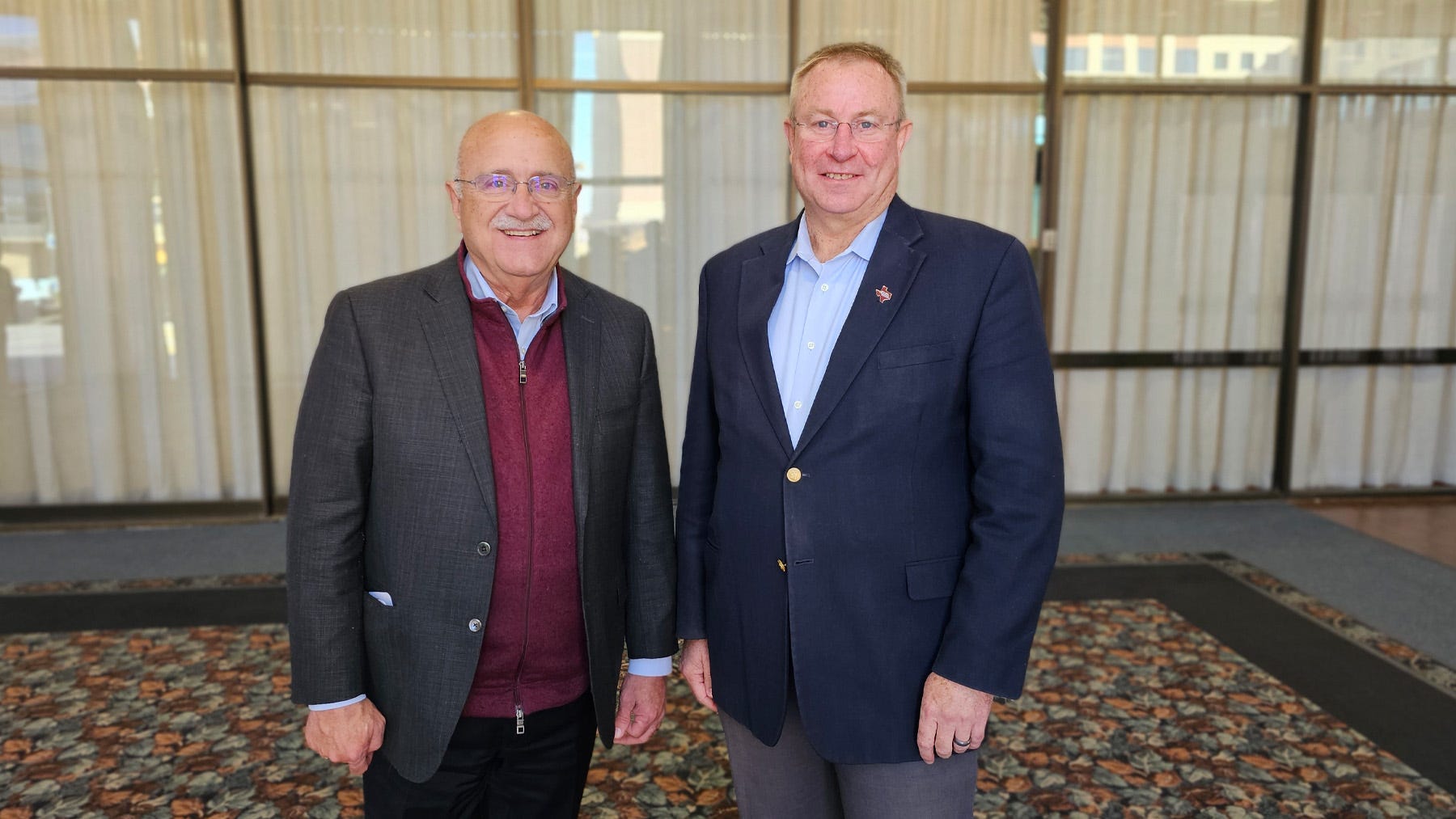
Texas A&M AgriLife is relocating its Amarillo center 20 miles south to the campus of West Texas A&M University in Canyon, where they’ll build a $30 million facility. It’s been at least 50 years since a new center was constructed.
The center houses two of Texas A&M AgriLife’s state agencies: Texas A&M AgriLife Research and Texas A&M AgriLife Extension Service.
“This center is one of 13 we have across the state, and this one would be the first one built in the 21st century,” says Jeffrey W. Savell, Texas A&M AgriLife vice chancellor and dean. “Now we have a chance to make it modern, have it be a place scientists and educators will want to come work.”
Approval of the multi-million-dollar construction project was discussed by Texas A&M AgriLife leaders at the recent Amarillo Farm and Ranch Show. Savell and Texas A&M AgriLife Research Director G. Cliff Lamb spoke with Farm Press.
“Texas A&M AgriLife Research is the largest non-federal entity that does research on agriculture, natural resources and life sciences,” says Lamb. “We have about 600 faculty at 13 research centers and one of those is here in Amarillo and in Lubbock and Vernon, but the location in Amarillo is somewhat isolated and it’s not located near any of our other entities.”
The geographical location of the agency’s research and Extension centers has been a priority since the agency first began building centers 50 to 80 years ago. “They go from the Rio Grande Valley all the way up here, now being moved to Canyon, to El Paso down to Beaumont and in between. But they’re strategically placed around the state to take advantage of the agriculture in those areas,” Savell says.
The new center will be built next to the Texas A&M Veterinary Medical Diagnostic Lab, which is also an AgriLife entity and relocated two years ago, and the Texas A&M School of Veterinary Medicine and Biomedical Sciences’ Veterinary Education Research and Outreach facility. Lamb says its location will also provide access to West Texas A&M resources and allow graduate students to learn from top, globally recognized research scientists.

Jeffery W. Savell, Texas A&M AgriLife dean and vice chancellor, with Texas A&M AgriLife Research Director G. Cliff Lamb at the Amarillo Farm and Ranch Show. (Photo by Shelley E. Huguley)
“It gives a lot of the students and the infrastructure at West Texas A&M an opportunity to get behind the curtain of the science that is going to make agriculture in this region more resilient for the next 10 to 30 years. That's a big reason for us to try to co-locate them there.”
Savell said the modern facilities will be attractive to scientists and educators. “It will be easier to draw money, grants, contracts, educational dollars, whatever it may be, training graduate students, especially at West Texas A&M University and from other universities that want to come work here.”
Economic impact
The center is expected to employ 100 to 125 people. “This part of the world is the center of agriculture, so we can attract some of the best scientists with the best technology and bring them right here into the heart of the confined cattle feeding industry in the U.S.,” Lamb says.
Most Texas A&M AgriLife research centers were built 50 to 80 years ago. “When you think of the problems they were trying to solve then, those problems are very different now. They were traditional types of problems. With the new facility, we’re planning to make significant improvements to accommodate the new types of technology that we are going to have to implement in our production systems.”
Confined cattle, beef and dairy, water, small grains and crops are extremely important to the Panhandle region but “are far more complex than what they were 50 to 80 years ago,” Lamb adds. “We’re talking about gene editing, sensor technology, artificial intelligence, some of the diagnostic tools for plant pathology to identify pathogens that might be having a negative impact on crops or even on livestock. So, the types of technology that we're going to put in this building are far more advanced than what we have at any of our other current facilities.�”
Construction financing
Two-thirds of the funding for the multi-million-dollar facility will come from the Texas A&M University system. “Some of that is using PUF [Permanent University Fund] funds, which is phenomenal,” Lamb says, adding that the state is providing some of the relocation costs as well.
“And then about $10 to $13 million of that we're going to raise through fundraising,” he says. Lamb cites Casey and Karen Bradshaw of Canyon as the first donors to the project.
A groundbreaking is expected within the next three months, with completion anticipated in the summer of 2025.
About the Author(s)
You May Also Like






